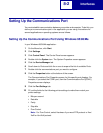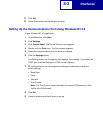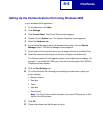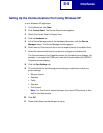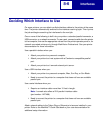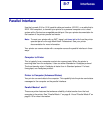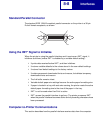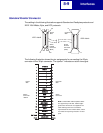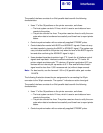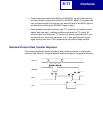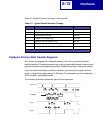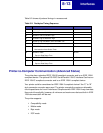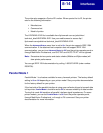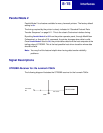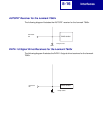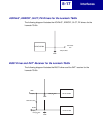
Interfaces
8-10
The parallel interface consists of an 8-bit parallel data bus with the following
characteristics:
• Uses 17 of the 36 positions on the printer connector, as follows:
— The host system controls 12 lines, which it uses to send data and com-
mands to the printer.
— The printer controls five lines. The printer uses two lines to notify the com-
puter when data is transferred successfully and three lines to report printer
status.
• Controls synchronization with an externally supplied STROBE* pulse.
• Controls data flow control with BUSY and ACKNLG* signals. Does not carry
out data transfer by ignoring the BUSY or ACKNLG* signal. (The system can
carry out data transfer to the printer only when the level of the BUSY signal is
low and after confirming the ACKNLG* signal is high.)
• Uses standard transistor-transistor logic (TTL) levels for all interface control
signals and input data. Interface conditions are based on TTL levels. All
printer outputs are totem-pole TTL devices. All printer input/output (I/O) are
devices with an internal pull-up resistor to 5 V. Rise and fall times of each
signal must be less than 1,500 nanoseconds (ns) without slope reversal.
Note: For best results, use the Lexmark 1.83 m (6 ft) parallel cable, part number
11K4078.
The following illustration shows the pin assignments for connecting the 25-pin
connector to the 36-pin connector. The symbol * indicates an active low signal.
The parallel interface consists of an 8-bit parallel data bus with the following
characteristics:
• Uses 17 of the 36 positions on the printer connector, as follows:
— The host system controls 12 lines, which it uses to send data and com-
mands to the printer.
— The printer controls five lines. The printer uses two lines to notify the com-
puter when data is transferred successfully and three lines to report printer
status.
• Controls synchronization with an externally supplied STROBE* pulse.



